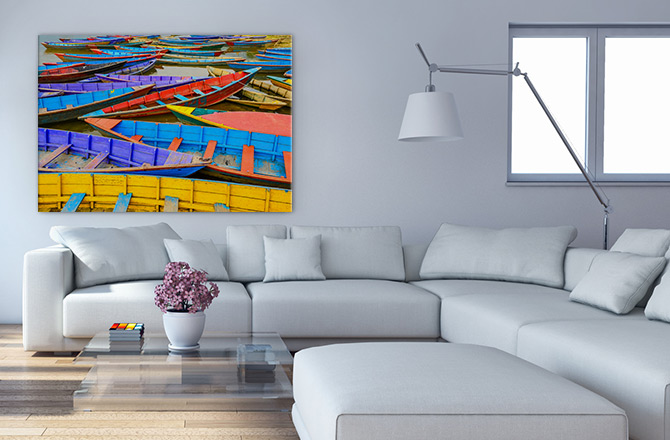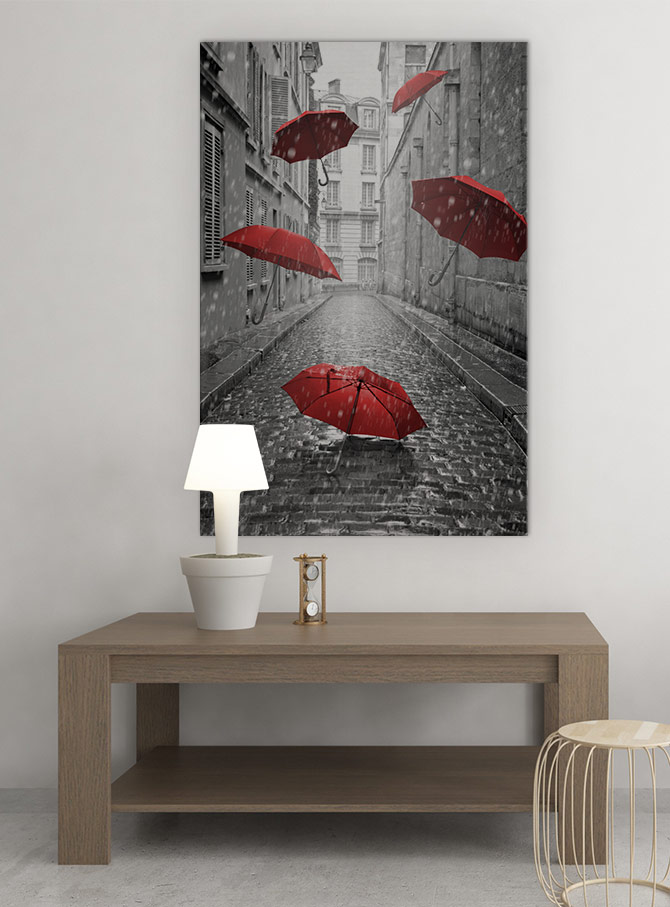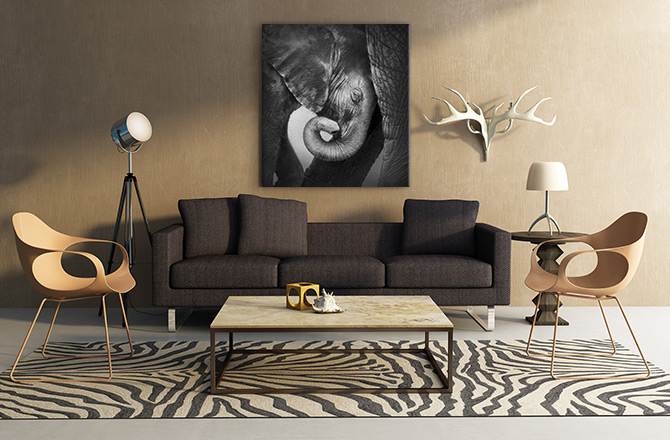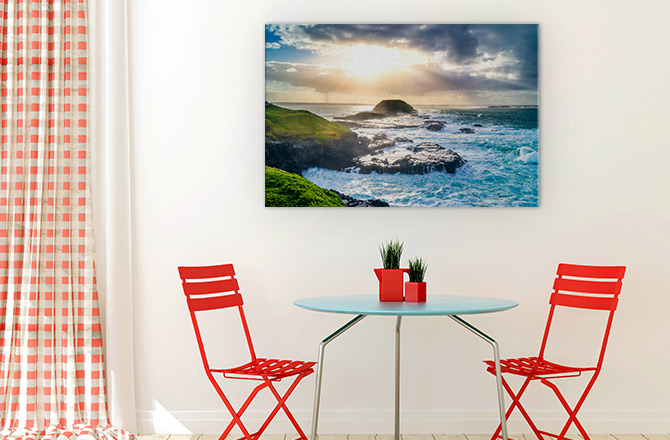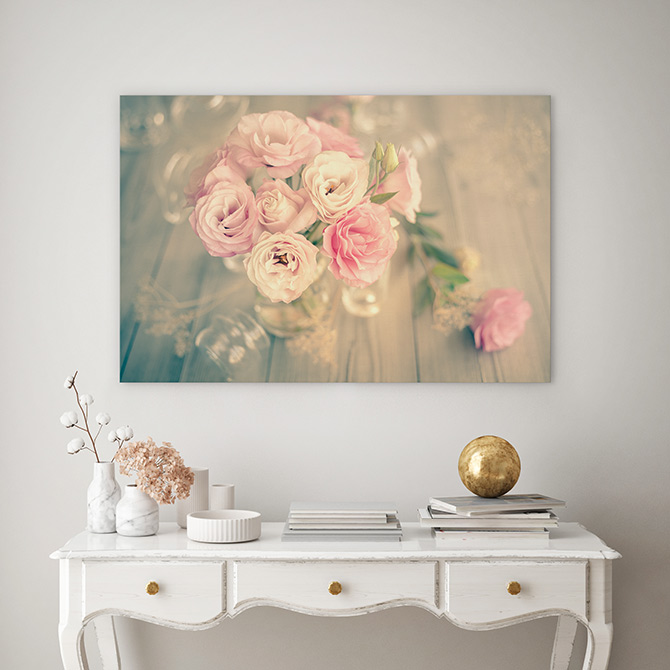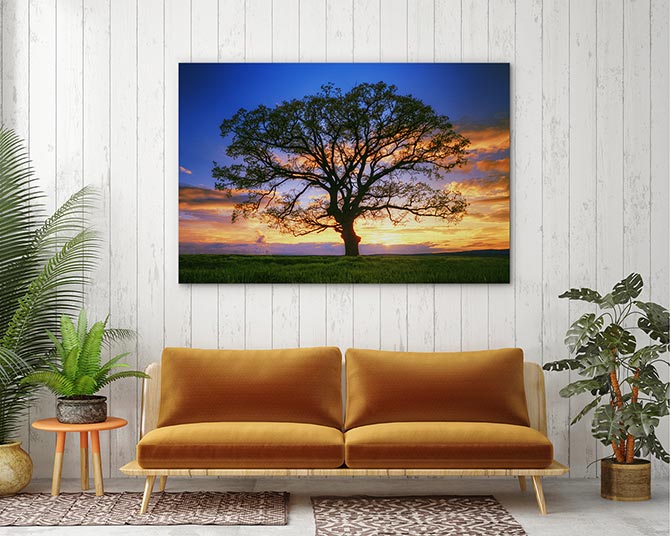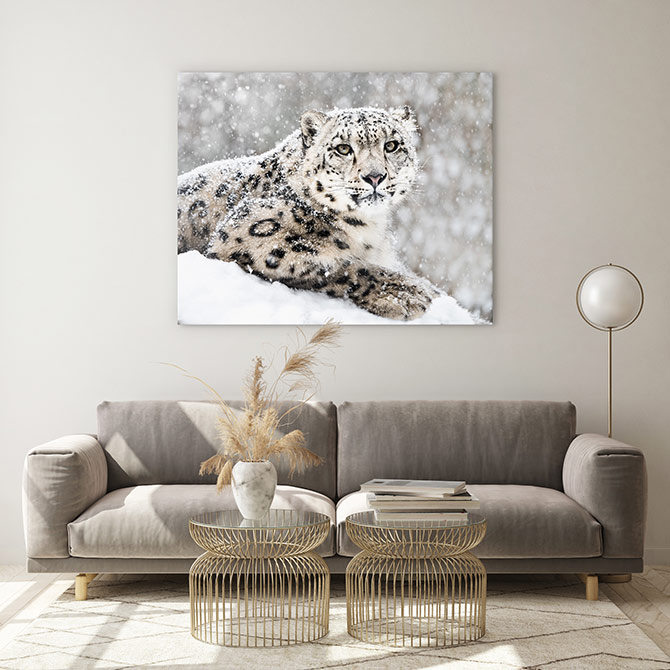One of the most difficult questions to answer in any field where creativity and individual point of view has a role has to be, ‘Is it art?’ Starting with the question of whether art can be defined in any way that’s useful, the question always requires a certain amount of personal interpretation and feeling to answer, meaning there can never be a true consensus. Whether the mode of expression is painting, music, or literature, a work can be a sublime work of art to some and something less to others.
Photography is no different. Like writing, which sees a distinct division between journalism and fiction, photography is understood to have a clear division between the representational and the artistic. The representational is photography that seeks to simply record a scene as it naturally occurred, without any interference, staging, or even artistic interpretation. The artistic, seeks to create something beautiful but not necessarily realistic or accurate. The question of what is artistic photography ultimately comes down to this concept of transformation.
What defines Artistic Photography?
First and foremost, artistic photography has to be transformational, not merely representational. While you might happen to capture an incredible scene on your way to work, your photo can’t be considered art unless it has been changed in some way by your intelligence and thought process. However, this doesn’t mean that artistic photography can only be achieved with complex staging and lighting or digital effects; in fact, some of the most artistic photos ever taken have been landscapes – for example, the work of Ansel Adams.
This is because the artistic transformation is more subtle than most people understand. You can apply an artistic filter to any photograph via the following:
- Framing: Simply by choosing to frame or crop the scene in a certain way, you can elevate a photograph to the status of art. Alfred Stieglitz’s famous photograph The Steerage (1907) is often considered the first important artistic photograph ever taken. While it could be seen as purely representational, Stieglitz’s decisions in framing, in what to include in the scene, and linking the various shapes and lines that naturally occurred before him were actually transformational, resulting in a photograph that is true art.
- Film choice: In the modern age the choice of film stock, color versus black and white, and other technical decisions can act as an artistic filter, transforming a scene even if no other staging or technical alterations are made to it.
- Positioning: Representational photography must simply take in the scene it comes across. However the scene can be elevated simply by making the decision to shoot the photo from a specific angle, a specific vantage point, and at a specific point in time.
The Unanswerable: Artistic Vision
In the modern era, the questions surrounding artistic photography have been complicated by technology. Photographers now have incredibly powerful tools at their disposal that can completely change the appearance of photos – and so do most people, in the form of the filters they can apply on photos taken with their smartphones and other devices. Computer applications like Photoshop have also placed incredible abilities in the hands of otherwise untrained photographers.
As a result, modern photographers have split into two reactions:
- Increased manipulation: Direct manipulation of the subject and scene to differentiate their work not simply from representational photography, but from the amateur work produced by the automatic application of filters and effects.
- More naturalistic approaches: Some photographers have come to value natural light and effect-less techniques, seeking to transform their photos into art by only using traditional methods like framing and cropping.
Most people would more readily recognize the former as art due to the preparation and work that goes into setting up a shot – often involving lighting techniques, construction of sets, and the hiring of models. However, the latter approach, while edging closer to a representational model, still involves the filter of an artistic point of view. While the end result might be more subtle, it is still art.
A final, more controversial approach – taken by artists such as Gerhart Richter – involves transforming photographs via the application of other materials, such as painting over the photograph or otherwise physically transforming it. While the final work may be easily considered a work of art, the question of whether the photograph itself should be considered artistic photography – since it did not have an inherent artistic nature prior to the application of an external process – is a sound one. However, many consider it to simply be an analog counterpart to digital filters.
In the end, of course, art is created by the viewer. A photograph that lifts your spirit, alters your worldview, or otherwise affects you can be considered art no matter what its technical or procedural qualification might be perceived to be. See our collection of beautiful art photography and tell us what you think!

